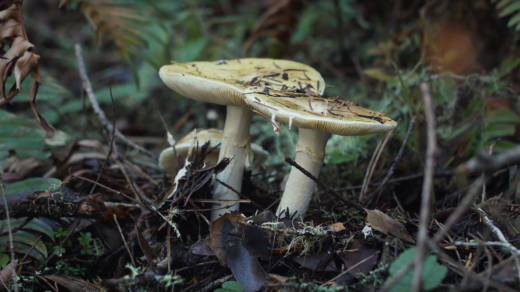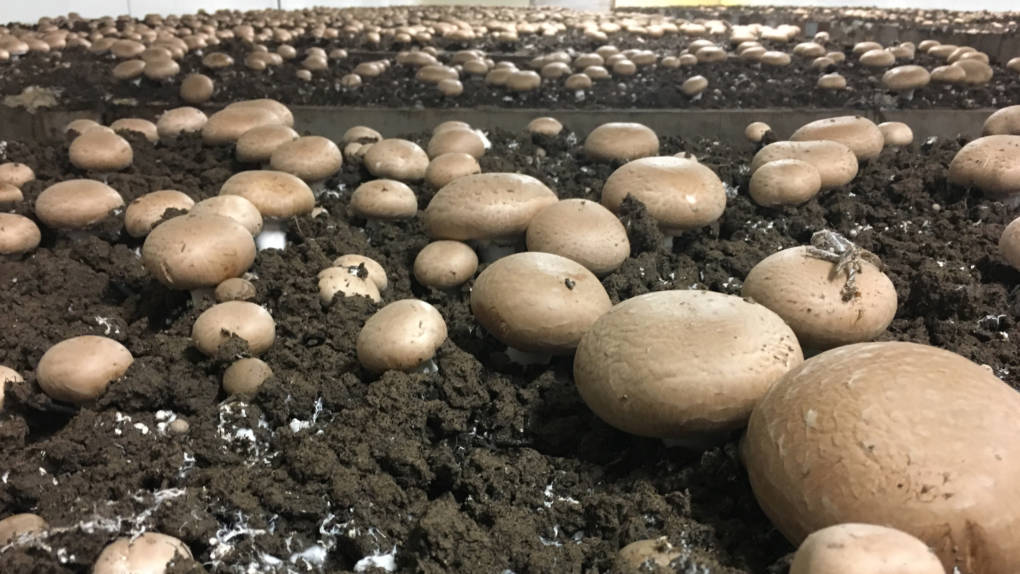It’s been a very wet winter across Northern California this year, and that means a bounty of mushrooms is popping up in our yards and forests. This got listener Theresa Halula wondering …
How can we find out more about mushrooms that pop up in the area? They are everywhere!
Not long after Theresa sent in this question, reporter Lesley McClurg wrapped up a story about mushrooms for KQED Science. We asked her to join us on the Bay Curious podcast to share what she learned on a recent foray — that’s forager lingo for a mushroom hunt.
Here are five things we learned about fungi …
1
The cap of the mushroom is only the tip of a much bigger organism that lives underground. Think of the cap as the apple on the apple tree. Underground, tendrils of a thin network called mycelium expand like cobwebs threading through the dirt.
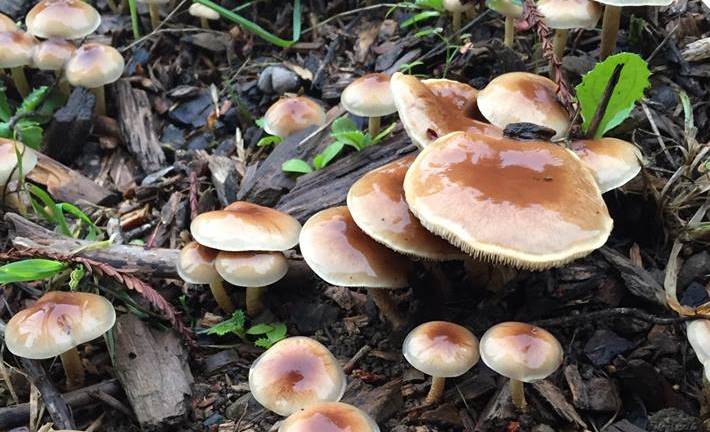
2
Just because there isn’t a cap, doesn’t mean there isn’t a fungal organism. Scientists aren’t certain why some mushrooms pop, and others don’t. Even though conditions have been perfect for mushrooms this year, there are still some varieties that foragers haven’t seen. But that doesn’t mean the fungi isn’t present in the soil.
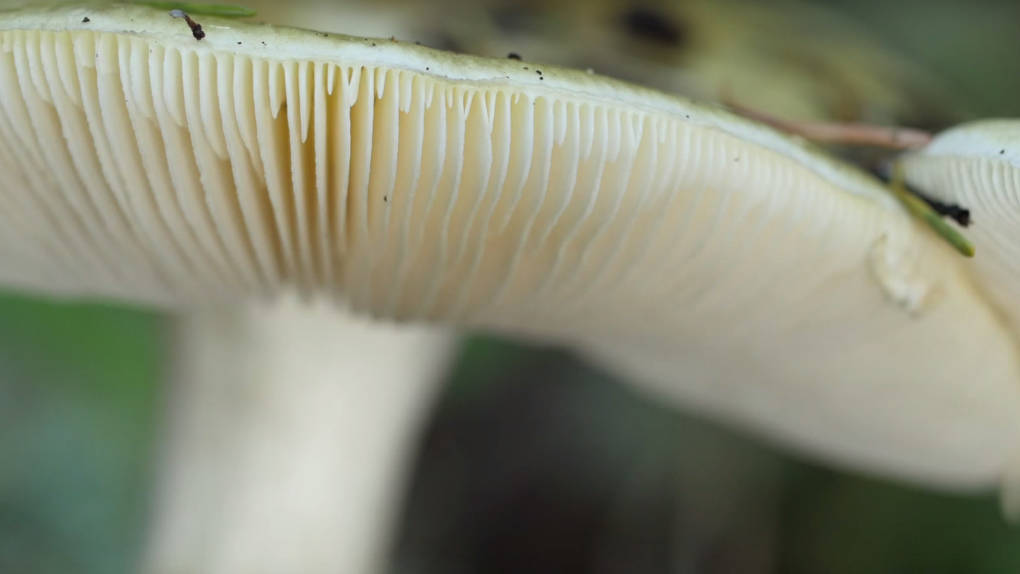
3
The largest known fungi system in the world is in Oregon’s Malheur National Forest, where one single organism is thought to spread about 3.4 miles. Since most of the organism is underground, there isn’t too much to see — but it’s killed many evergreen trees.
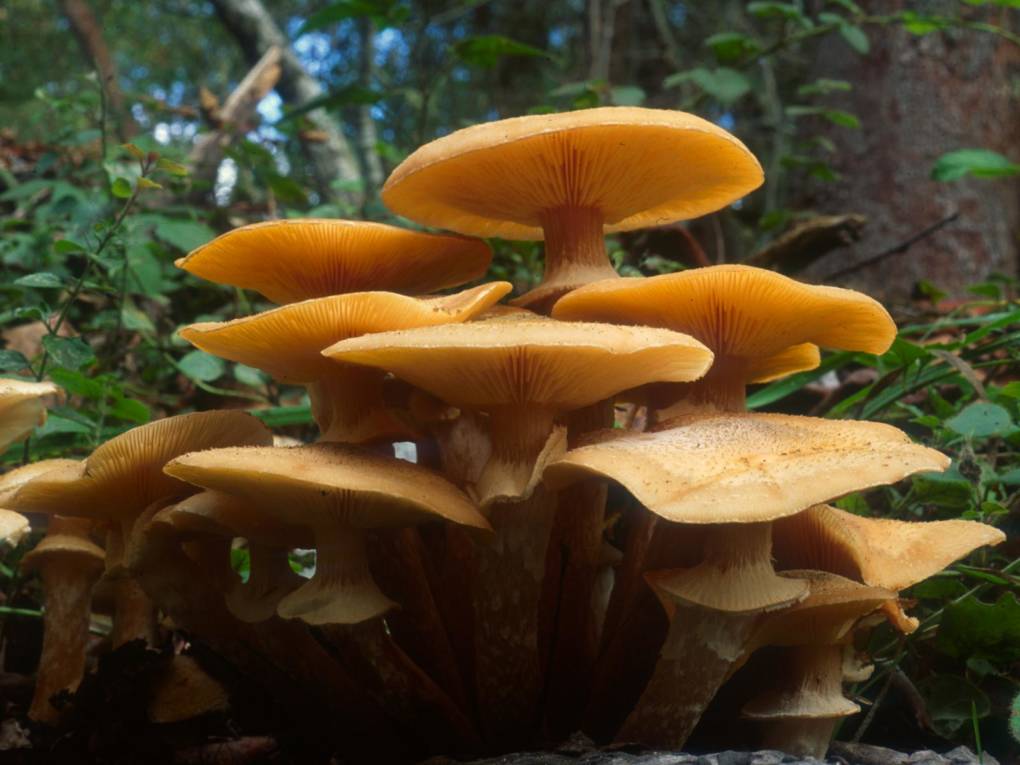
4
There is a deadly mushroom lurking in California forests called Amanita phalloides, commonly known as the death cap. It looks a lot like the white button mushroom, so spotting them in the wild can be tricky. Until you really know your stuff, it’s a good idea to have a local expert check your mushrooms before eating them.
